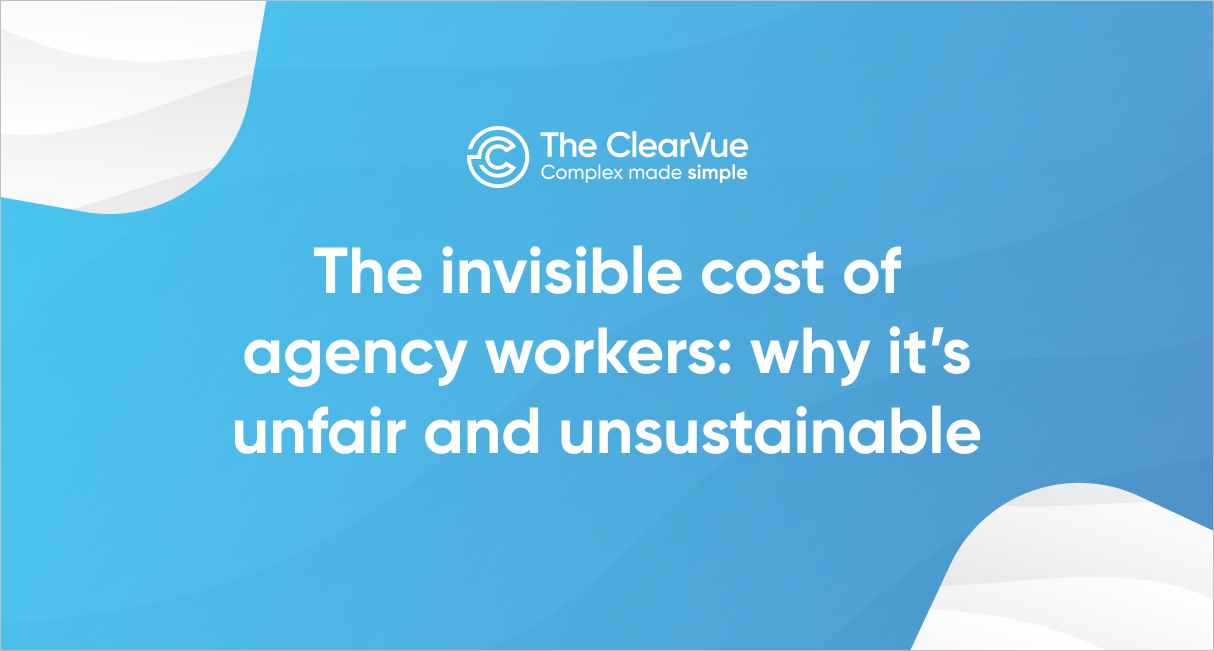The temporary staffing industry is operating on a flawed commercial model.
Recruitment agencies simply can’t survive on the low contract margins they offer. They do it because they’re driven to appear competitive on price, knowing fixed rate charges hide variable profits. In recruitment this is called the ‘grey margin’, and it’s an open secret.
In an industry where everyone is talking about ethics, fairness and transparency, procurement managers are working in the dark. Having visibility will benefit agency suppliers,, hiring organisations and the workers, but only if the data is an independent and reliable source of truth.
In this article, we’ll explain the invisible costs in fixed charge rates, the impact of automation, and the vision for establishing a fair commercial model.
Invisible costs in fixed-rate charges
All recruitment agencies work on a fixed charge per hour, based on pay rate, employment costs, plus the agency margin. When you’re processing hundreds of workers and thousands of hours every week you need a fixed rate to reconcile invoices. This can look like £15 an hour, with £12 pay to the worker, £2.50 for employment costs and the agency’s margin appears as low as 50p.
Two of the main elements in the £2.50 employment cost are National Insurance (NI) and pension contributions. They’re based on the assumption the worker is both eligible for those costs and fulfilling full-time hours. NI is not applicable when the worker is under 21 years, or earns less than £175 in a week. There is also no pension auto-enrollment for those under 22 years or in their first 12 weeks on assignment, and those earning less than £120 in a week.
In this scenario the agency is operating on a 50p margin because these invisible overcharges are generating an additional revenue, averaging 48p per hour . This means the agency margin is actually closer to £1 per hour
When agencies tender for new business , they want to be as competitive as possible on price, so they bake in an element of grey margin.
This practice has resulted in the normalisation of unrealistically low operating margins that are counterproductive to both end hirers and their agency suppliers.
The ClearVue aims to bring real changes to the industry where the new norm is for clean and transparent costing models, that are not propped up by grey margins or the withholding of holiday pay.
Nick Gregory Jones, Founder and CEO of ClearVue
Procurement managers and FDs can often be in the dark
Large organisations can rely on their agencies to identify their own ‘grey margin’ and refund it, or they may use an external auditor to manually gather all the data , identify the overcharges, and recover costs.
The business case for an independent and reliable source of truth is clear: transparency lays the foundation for a fair commercial model and ethical practice throughout the agency supply chain.
Automation is the only way to track the granular detail
High-volume staffing creates vast amounts of data, typically stored across spreadsheets and data silos making manual employment cost audits incredibly difficult and cumbersome.
The ClearVue is the only UK platform that provides accurate temporary workforce data and real-time reporting on agency overcharges. It’s designed to be visible to agencies and their customers, creating a level playing field.
